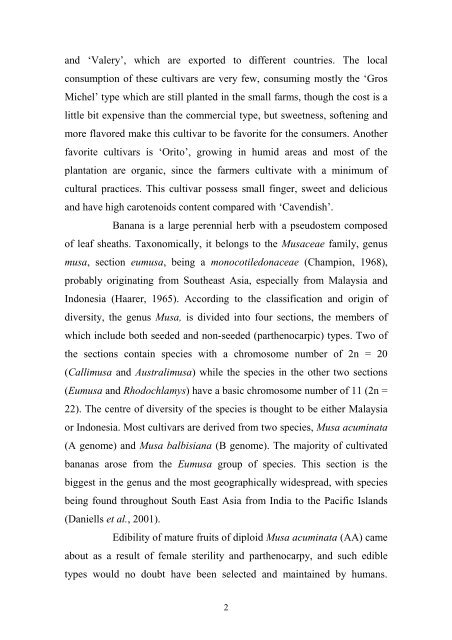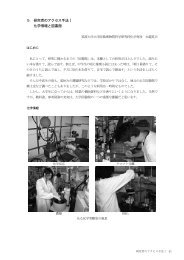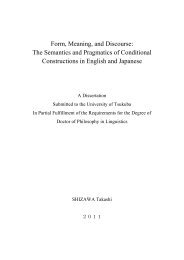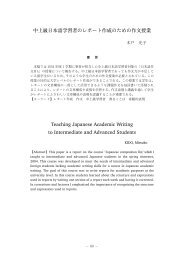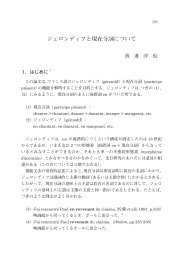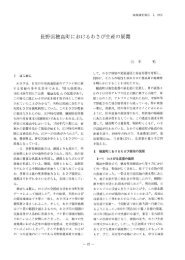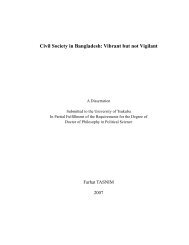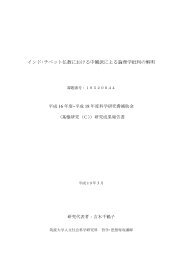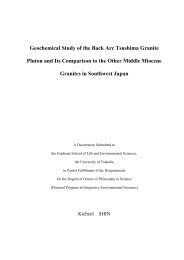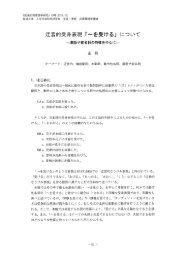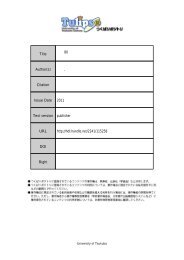Gamma Rays and CarbonIon-Beams Irradiation for Mutation ...
Gamma Rays and CarbonIon-Beams Irradiation for Mutation ...
Gamma Rays and CarbonIon-Beams Irradiation for Mutation ...
Create successful ePaper yourself
Turn your PDF publications into a flip-book with our unique Google optimized e-Paper software.
<strong>and</strong> ‘Valery’, which are exported to different countries. The local<br />
consumption of these cultivars are very few, consuming mostly the ‘Gros<br />
Michel’ type which are still planted in the small farms, though the cost is a<br />
little bit expensive than the commercial type, but sweetness, softening <strong>and</strong><br />
more flavored make this cultivar to be favorite <strong>for</strong> the consumers. Another<br />
favorite cultivars is ‘Orito’, growing in humid areas <strong>and</strong> most of the<br />
plantation are organic, since the farmers cultivate with a minimum of<br />
cultural practices. This cultivar possess small finger, sweet <strong>and</strong> delicious<br />
<strong>and</strong> have high carotenoids content compared with ‘Cavendish’.<br />
Banana is a large perennial herb with a pseudostem composed<br />
of leaf sheaths. Taxonomically, it belongs to the Musaceae family, genus<br />
musa, section eumusa, being a monocotiledonaceae (Champion, 1968),<br />
probably originating from Southeast Asia, especially from Malaysia <strong>and</strong><br />
Indonesia (Haarer, 1965). According to the classification <strong>and</strong> origin of<br />
diversity, the genus Musa, is divided into four sections, the members of<br />
which include both seeded <strong>and</strong> non-seeded (parthenocarpic) types. Two of<br />
the sections contain species with a chromosome number of 2n = 20<br />
(Callimusa <strong>and</strong> Australimusa) while the species in the other two sections<br />
(Eumusa <strong>and</strong> Rhodochlamys) have a basic chromosome number of 11 (2n =<br />
22). The centre of diversity of the species is thought to be either Malaysia<br />
or Indonesia. Most cultivars are derived from two species, Musa acuminata<br />
(A genome) <strong>and</strong> Musa balbisiana (B genome). The majority of cultivated<br />
bananas arose from the Eumusa group of species. This section is the<br />
biggest in the genus <strong>and</strong> the most geographically widespread, with species<br />
being found throughout South East Asia from India to the Pacific Isl<strong>and</strong>s<br />
(Daniells et al., 2001).<br />
Edibility of mature fruits of diploid Musa acuminata (AA) came<br />
about as a result of female sterility <strong>and</strong> parthenocarpy, <strong>and</strong> such edible<br />
types would no doubt have been selected <strong>and</strong> maintained by humans.<br />
2


